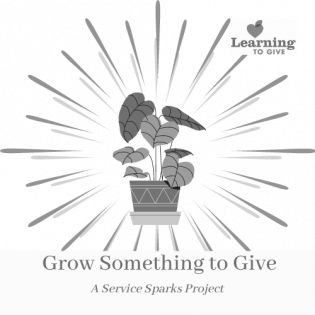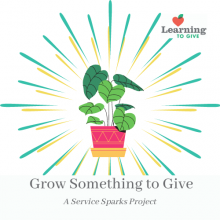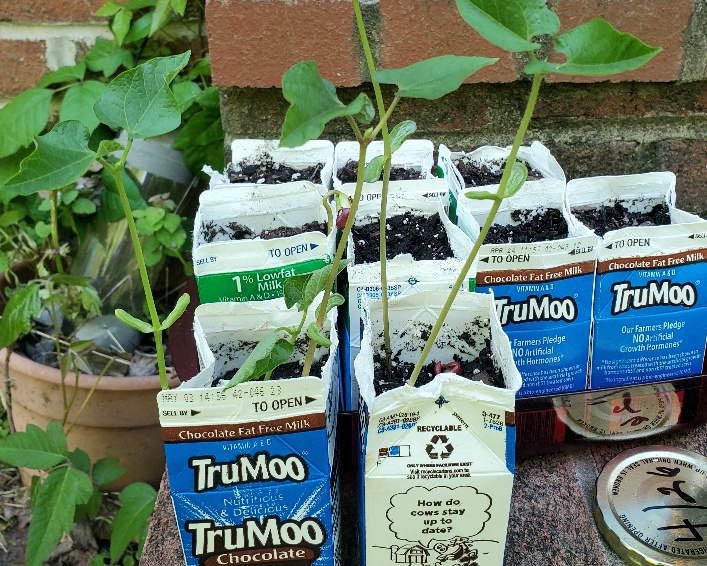Service Sparks: Grow Something to Give
Keywords:
Gifts
Plants
Research
SimpleSafeService
Ignite meaningful action that lights up the world through "Service Sparks" youth projects! Learn about plants that grow in your area and the best growing conditions, then grow something from seeds and give the plant to cheer someone's day.
SERVICE SPARKS
Ignite meaningful action that lights up the world through "Service Sparks" youth projects!
We depend on food systems to live and be healthy. Many children do not understand where food comes from. This science activity encourages the exploration of seeds and the best conditions for growing. After successfully growing a plant, put it in an attractive recycled container and give it as a gift to brighten someone's day.
- Observe the plants that grow best around the house and neighborhood, and talk about the conditions required (sun, warmth, light, soil).
- Look in the refrigerator for food items that contain seeds, such as oranges, apples, beans, peppers, squash, cucumbers, and melons. While preserving the food for eating, remove and gently rinse the seeds. Seeds may also be collected from the yard and walks. Flowers, trees, and plants generate lots of seeds.
- Read about the best conditions for growing and make a care plan. To germinate seeds, wet a paper towel and put a few seeds on it. Fold the paper towel with the seeds inside and put it in a small resealable plastic bag. Do this with a variety of seeds and make a few paper towel packets of each seed type.
- To experiment with and learn about best conditions, put seeds in different places. For example, put some bean seeds in the dark and some in the light. Put some squash seeds directly in soil and some in the wet paper towel.
- Keep a log of what you observe each day and when you add water, move them, or plant them in soil. Measure and describe any growth.
- BONUS: Did you know we eat roots, flowers, stems, and leaves? Name the ones you and your family eat.
- When the seedlings have grown sturdy, put them in a decorated recycled pot and give the plants to neighbors or donate to shelters.
- Learn more with a Learning to Give lesson Garden for Life
Reflection: Read the log notes and observe the plant growth. Write about what conditions helped grow a healthy plant.
Literacy Connection: These books encourage thinking, and understanding of the lifecycle, and the life of an insect. The Tiny Seed by Eric Carle; Jacks Garden by Henry Cole; Wiggling Worms at Work by Wendy Pfeffer; Are you an Ant? by Judy Allen
Explore more Service Sparks projects:
Learning to Give ...
- educates youth about philanthropy, the civil society sector, and the importance of giving their time, talent and treasure for the common good (knowledge),
- equips youth by encouraging philanthropic behavior and experience (skills), and,
- empowers youth to take voluntary citizen action for the common good in their classrooms, lives and communities (behavior).


